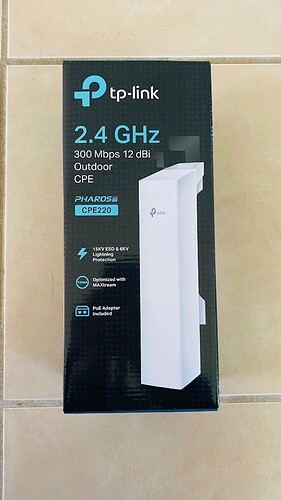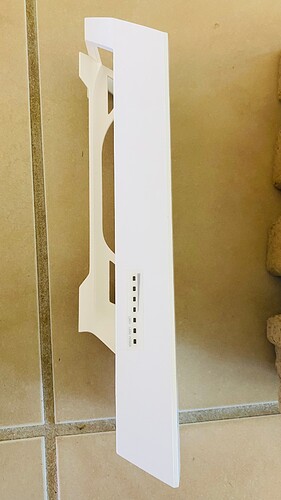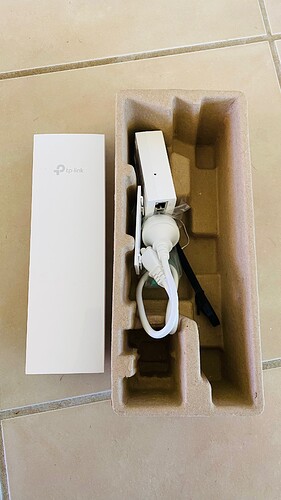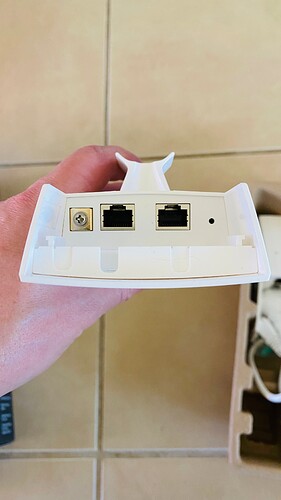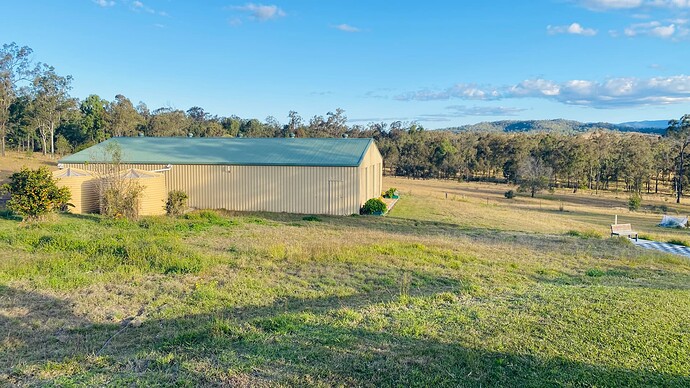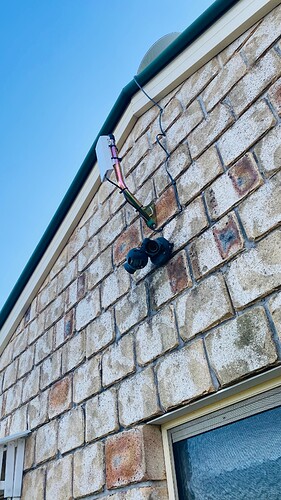When we bought this property, it had a big 20x12m steel shed on it, roughly 60m away from the main house. At the time, it was built on the bare dirt, and the previous owners were using it to house tractors and other machinery. We don’t have any that stuff.
Our vision of the shed was to become an entertainment area, a space for things like a home gym, pool table and similar. A prerequisite for that was to add a concrete slab, which we finally managed to get done in early 2020, just before the pandemic hit properly. It took another half year for us to get power connected to it.
At this time, the setup is pretty much what we envisioned, with the addition of an 8x4m partition which has been turned into our model railway space. One thing that was still missing was internet connectivity. With my old internet connection, the main wifi was sitting in a spot that threw just enough signal down to the shed that a wifi extender could pick up - if the doors were open. With closed doors, there was nothing.
But with Starlink, the layout has changed anyway. I had to create some sort of dedicated connection to the shed. Some people said I should have chucked in some CAT6 when I had the electrician out to connect the power. But at the time, I didn’t feel like the added pain, cost or scope creed that that would have involved. Instead, I decided to create a wireless connection.
There are a lot of wireless bridges available, with prices ranging from around $50 apiece up to several $100. Luckily I came across an article on Ars Technica a while ago that described my exact use case. The author was using the TP-Link CPE range, specifically the CPE210 if memory serves.
Those devices are quite affordable, and can be used in multiple configurations. In point to point mode, they can apparently bridge several kilometres, which is obviously overkill for my purposes.
I ended up buying a CPE210 and a CPE220, because that’s all my preferred dealer had in stock. The 220 is basically a beefed-up version of the 210, with an additional LAN port and a larger, more powerful antenna, extending its range to 13km.
To be continued…
